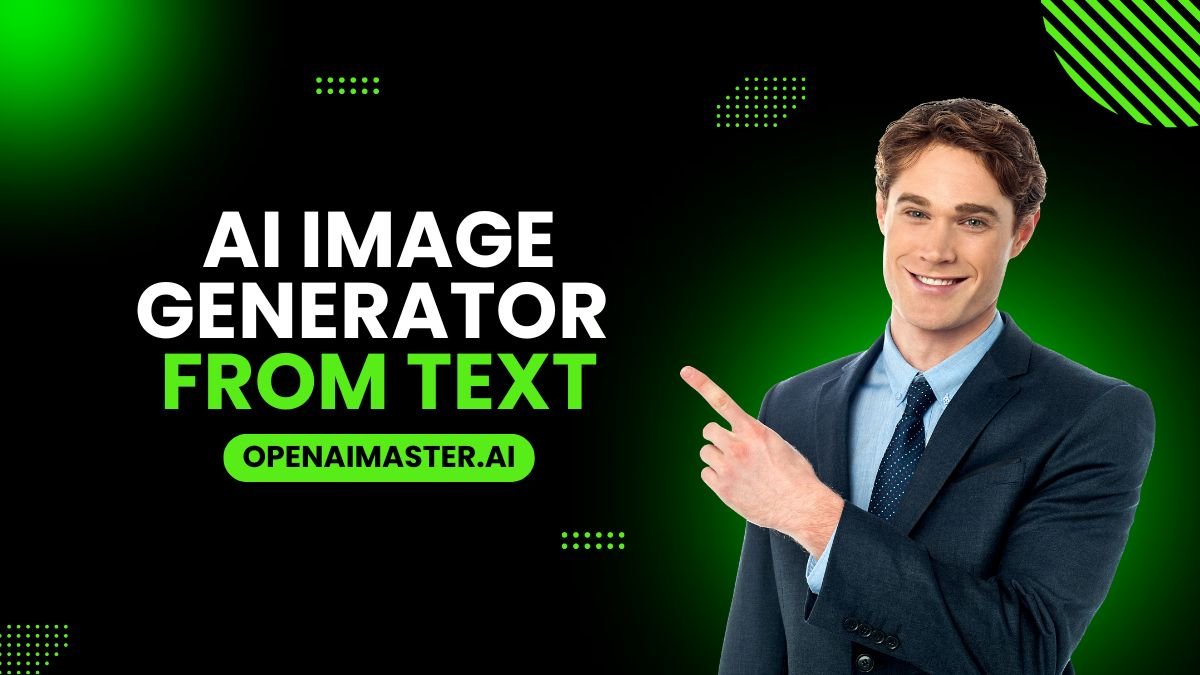Nowadays, one of the most exciting developments has been the emergence of AI image generators. These remarkable tools have revolutionized the way we create visual content, allowing anyone with an idea to bring it to life through the power of machine learning. By simply inputting text descriptions, users can now produce stunning, unique images that capture their imagination. This article explores the world of AI image generators, their features, how to use them, and their current limitations.
What are AI Image Generators?
AI image generators are sophisticated software applications that leverage advanced machine learning models to create images based on textual descriptions. These tools analyze the input text, interpret its meaning, and generate corresponding visual content. The technology behind these generators is built on complex neural networks trained on vast datasets of images and their associated descriptions.
The ability to transform words into pictures opens up a world of possibilities for artists, designers, marketers, and anyone seeking to visualize their ideas quickly and efficiently. Whether you’re looking to create concept art, illustrate a story, or design marketing materials, AI image generators offer a powerful and accessible solution.
Features of AI Image Generators
1. Text-to-Image Conversion
The core feature of AI image generators is their ability to create images from text descriptions. Users can input simple phrases or detailed paragraphs to guide the generation process.
2. Style Customization
Many generators offer options to specify artistic styles, such as photorealistic, cartoon, abstract, or specific art movements like impressionism or surrealism.
3. Resolution Control
Users can often choose the resolution and aspect ratio of the generated images, allowing for flexibility in output quality and size.
4. Iterative Refinement
Some platforms allow users to generate multiple variations of an image and refine their prompts based on the results, enabling a more iterative creative process.
5. Integration with Design Tools
Certain AI image generators integrate seamlessly with popular design software, streamlining the workflow for professionals.
How to Use AI Image Generators
Using an AI image generator typically involves the following steps:
- Choose a Platform: Select an AI image generator that suits your needs. Popular options include DeepAI, Adobe Firefly, Pixlr, Microsoft Designer, and Canva.
- Craft Your Prompt: Write a clear, detailed description of the image you want to create. The more specific you are, the better the results will be.
- Select Options: Choose any available settings such as style, resolution, or aspect ratio.
- Generate the Image: Click the generate button and wait for the AI to process your request.
- Refine and Iterate: If the result isn’t quite what you wanted, try adjusting your prompt or generating multiple versions.
- Download or Edit: Once satisfied, download your image or continue editing it using the platform’s built-in tools or external software.
Limitations of AI Image Generators
While AI image generators have made remarkable strides, they still face several limitations:
Content Restrictions
Many platforms prohibit the generation of NSFW, violent, hateful, or illegal content. Users must be aware of and adhere to these restrictions.
Lack of Precise Control
Despite detailed prompts, the generated images may not perfectly match the user’s vision. Achieving exact control over specific elements can be challenging.
Complexity Challenges
AI models often struggle with complex scenes involving multiple elements, dynamic poses, or large crowds. The more intricate the desired image, the more difficult it becomes for the AI to render accurately.
Text and Symbol Rendering
Accurately depicting text, words, and symbols within generated images remains a significant challenge. Often, text appears distorted or unintelligible.
Stylization Limitations
When pushing the boundaries of realistic anatomy and structure, the AI’s ability to effectively stylize images can break down, resulting in unrealistic or distorted results.
Bias in Output
AI-generated images can perpetuate biases present in the training data, potentially leading to limited representation of diverse people and perspectives.
Temporary Usage Restrictions
Free versions of AI image generators may have temporary usage limits or restrictions that change over time. It’s important to review the terms of service regularly.
Conclusion
AI image generators represent a significant leap forward in the democratization of visual content creation. By bridging the gap between imagination and visualization, these tools empower users to bring their ideas to life with unprecedented ease and speed. While limitations exist, the technology continues to evolve rapidly, promising even more impressive capabilities in the future.
As we move forward, it’s crucial to approach AI image generation with both enthusiasm and awareness. Understanding the strengths and limitations of these tools allows users to harness their full potential while navigating the ethical considerations they present. Whether you’re an artist looking for inspiration, a marketer creating visual content, or simply someone curious about the intersection of AI and creativity, exploring AI image generators offers an exciting glimpse into the future of visual communication.
The landscape of AI-generated imagery is constantly shifting, with new models and features being developed at a rapid pace. As users, it’s important to stay informed about the latest advancements and to experiment with different platforms to find the one that best suits your needs. With practice and creativity, AI image generators can become a powerful tool in your creative arsenal, opening up new possibilities for expression and innovation.

